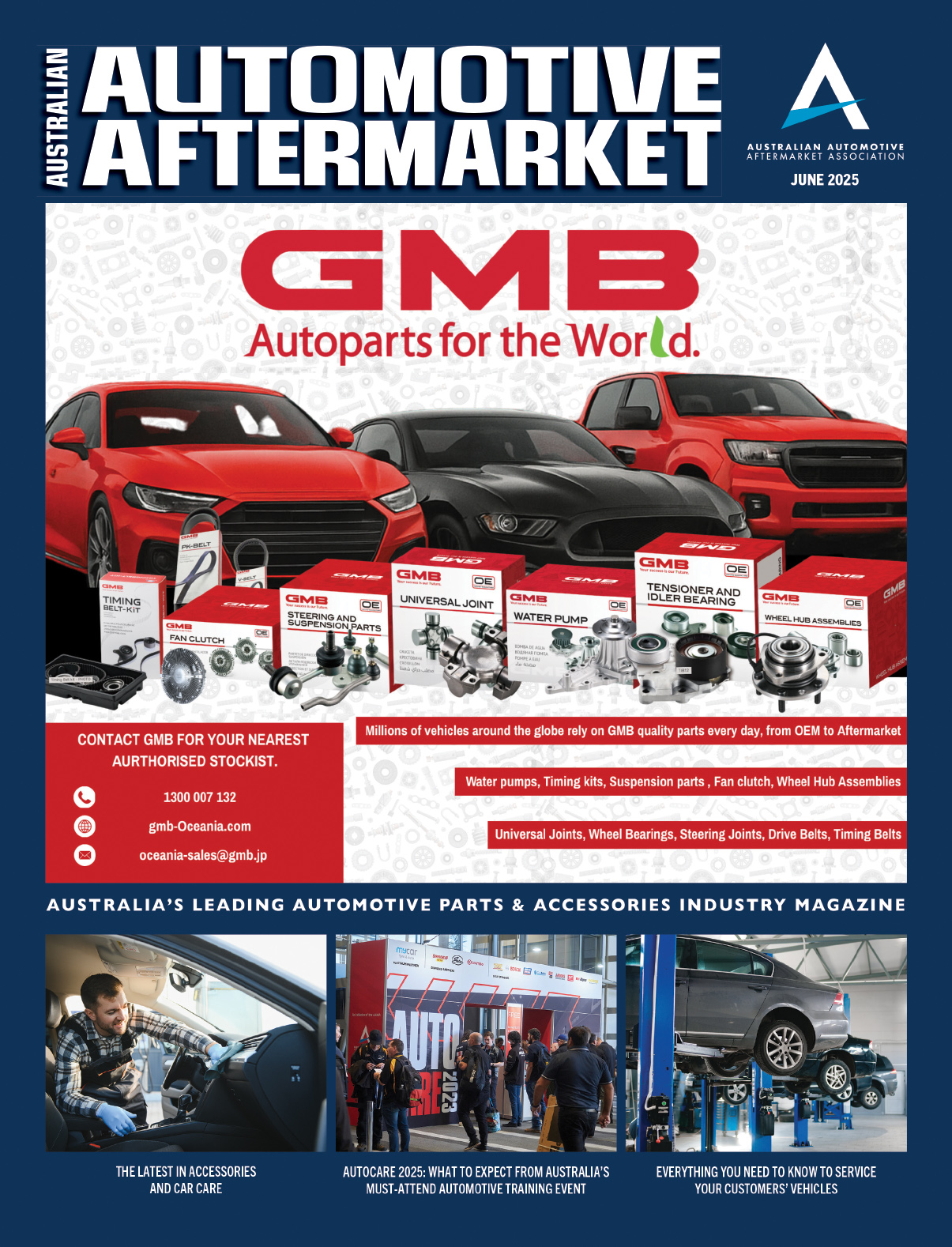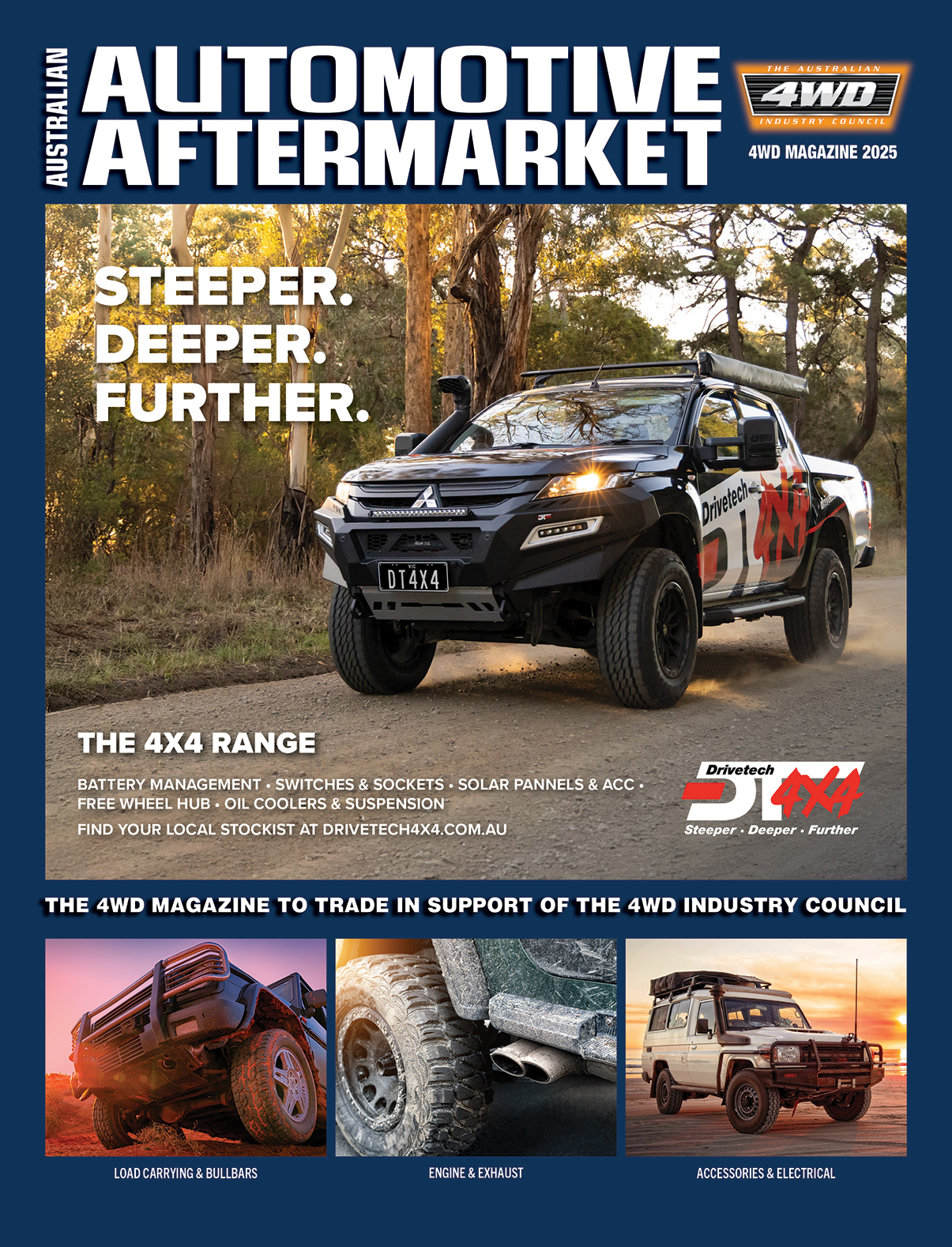FLEET INSIGHTS AND THE SHIFT TO EV
In this article, ACA Research takes a look at fleet electric vehicle uptake and what it means for Australian workshops
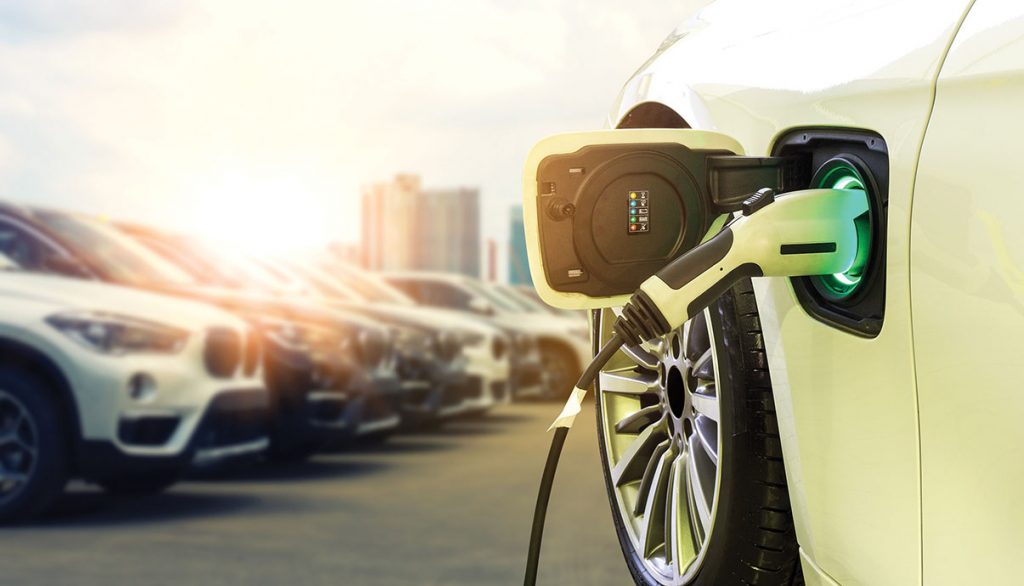
We’ve talked in previous articles about the coming electrification of the Australian car parc, and the impact that will have on servicing and repair businesses. To quickly recap the story so far:
- We know that the number of electric vehicles will increase substantially over the next decade.
- If we assume that up to half of the vehicles sold in 2030 could be electric, that means around one million electric vehicles operating in Australia.
- From a workshop perspective, there are decisions to be made around whether that warrants investment in the certifications, training and equipment needed to service these vehicles, or if it is better to focus on the (much) larger ICE parc instead.
When we think about the uptake of electric vehicles in Australia though, it is also important to consider who will be driving that change.
In the initial stages, fleets will play a significant role in this journey, also feeding ex-fleet vehicles into the second-hand market.
In fact, even when we consider fleets at the smaller end (for example, less than 20 vehicles) some are already trialling EVs, testing how they perform in day-to-day operations.
These will however be limited in terms of both numbers and usage, with hybrids playing a much more significant role at this point in time.
In fact, from a servicing and maintenance perspective today, it is more important to be equipped to service hybrid vehicles (such as the hybrid Toyota Rav4) than it is to service electric ones.
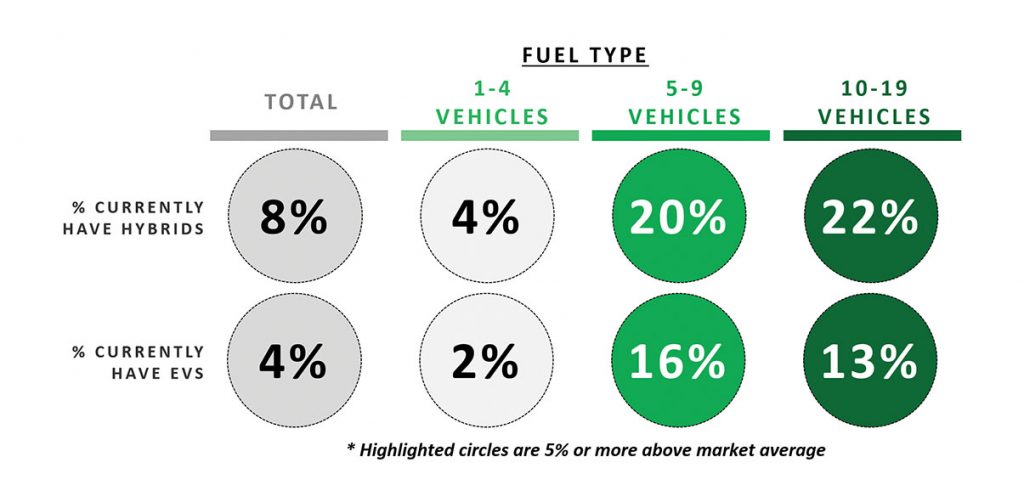
Looking to the future though, this is going to change, with Small Fleets consistently expecting electric vehicles to become a genuine alternative to ICE over the coming decade.
While vehicle availability (in terms of total volumes and fit for purpose options) will delay this in the short term, these issues will be overcome with time.
Looking at EV servicing requirements, there will be a higher proportion of dealership servicing in the initial phase, but that naturally shifts to the aftermarket as the pool of vehicles increases, and more of them start moving beyond new vehicle warranty periods.
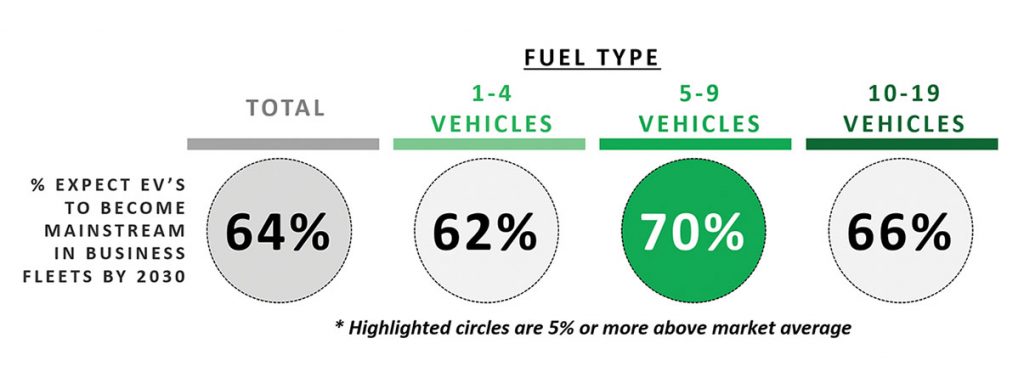
Fleet business is important for many independent and chain workshops, and so in the same way that fleets are currently making decisions about when they should be investing in EVs, workshops that are catering to these businesses should be considering what preparations they need to make to ensure they can continue meeting the needs of their customers through the coming transition.
This column was prepared for AAAA Magazine by ACA Research, the AAAA’s partners in the AAAA Aftermarket Dashboard which is delivered to AAAA members each quarter.
For more information, visit www.acaresearch.com.au or contact Ben Selwyn on bselwyn@acaresearch.com.au






